- Average temperature: 16°C (61°F)
- Warmest month: August
- Coldest month: January
- Longest days: June to August
- Shortest days: November
- Wettest month: November
- Windiest month: March
- Altitude: 1,281 m
Vesuvius weather at a glance
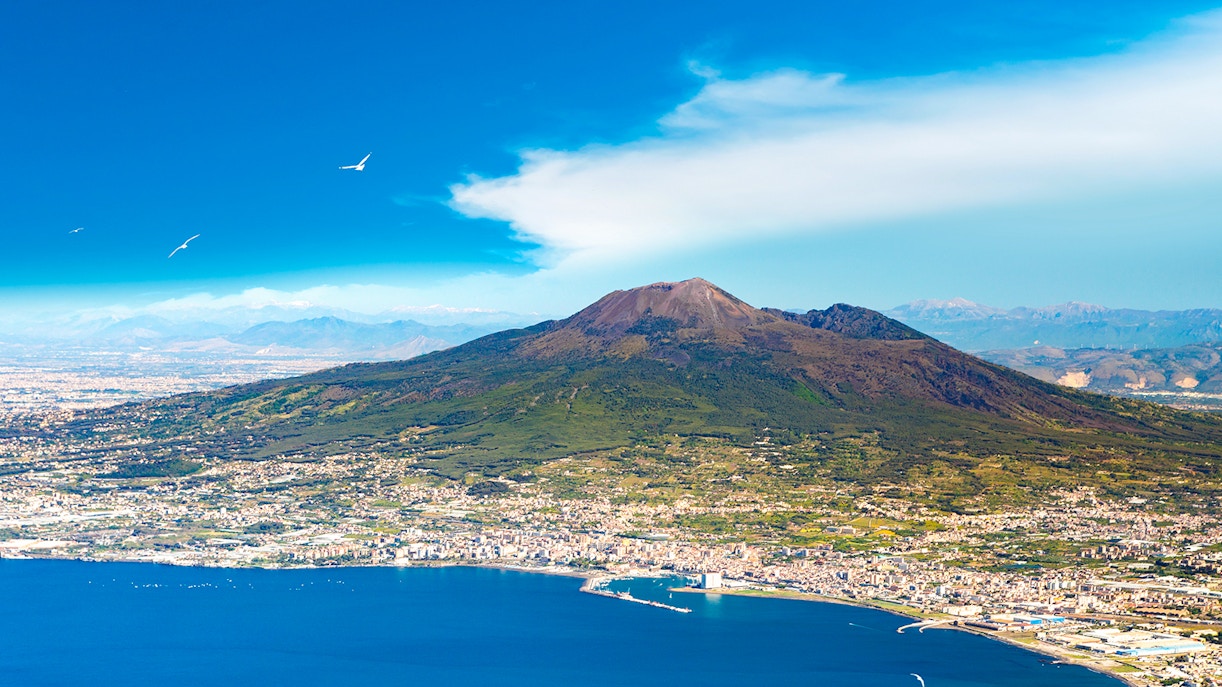
Planning a visit to Mount Vesuvius? Brace yourself for an exciting weather rollercoaster! This region offers a dynamic climate that can swing from calm to windy in moments. During winter, reaching the summit can be tricky due to weather that drops down to -2°C with chances of snowfall. Meanwhile, summer promises abundant sunshine, but temperatures can soar uncomfortably high (up to 35°C), especially during midday.
So before heading out, check the weather forecast. If rain is expected, keep in mind that access to the crater may be restricted for safety reasons. Whether you're facing scorching heat or unexpected chill, come prepared with this handy guide for a memorable adventure at this historic and unpredictable volcano.

| Season | Months | Temperature | Popular activities | Pro tip |
|---|---|---|---|---|
Spring | March, April, May | 15°C to 25°C (59°F to 77°F) | Hiking, sightseeing in the Bay of Naples and surrounding areas from the crater rim | Look out for rare flowers like Italian maples and alder as well as wildflowers like anemone, poppy and wild orchid |
Summer | June, July, August | 25°C to 30°C (77°F to 86°F) | Hiking, picnicking | Beat the heat by starting your day early and keep an eye out for yellow flowers, which are known as broom bush by the locals. |
Autumn | September, November | 15°C to 25°C (59°F to 77°F) | 3-hour Mount Vesuvius hiking, wine tasting during harvest season | Try the chestnuts, mushrooms, and seasonal fruits during this season in any of the nearby towns. |
Winter | December, January, February | 10°C to 15°C (50°F to 59°F) | Explore the nearby Christmas markets, attend local festivals like Naples winter wine festival | Try the local Lacryma Christi (Tears of Christ) wines if you attend any of the wine festivals. |
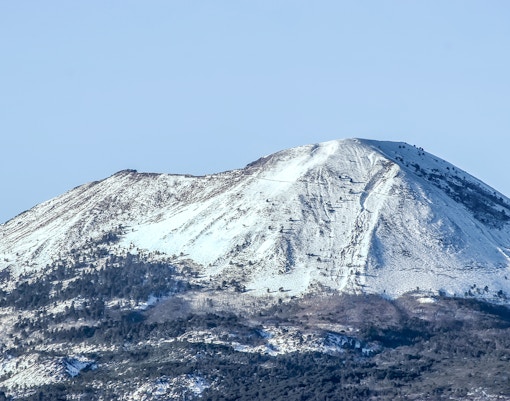
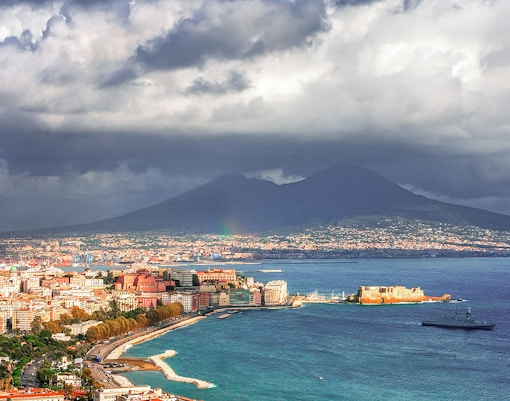
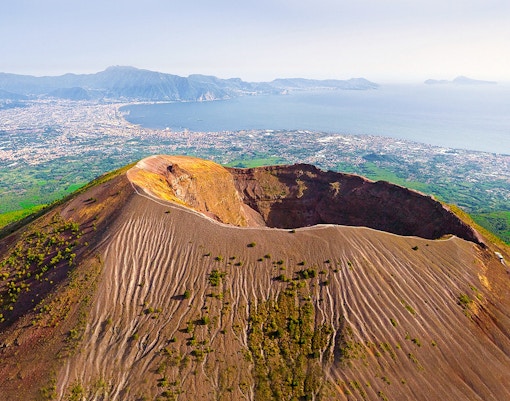
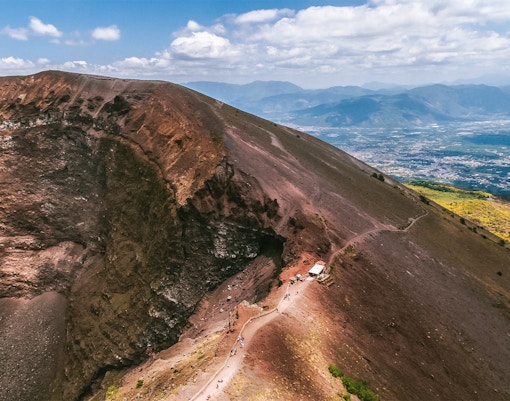
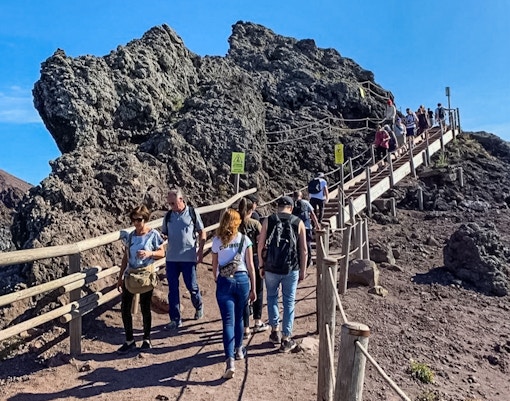
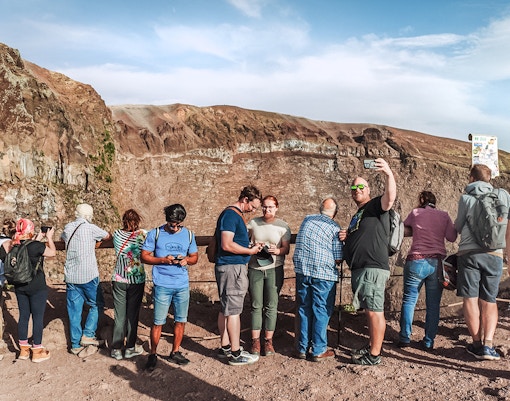

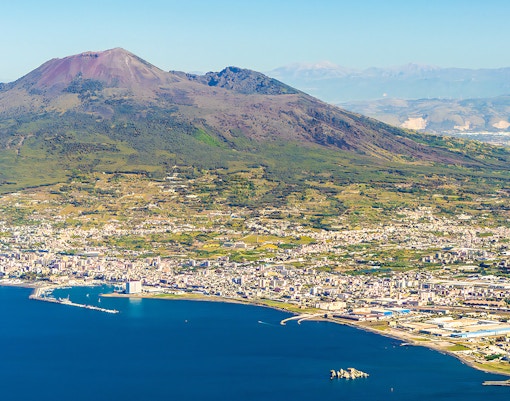

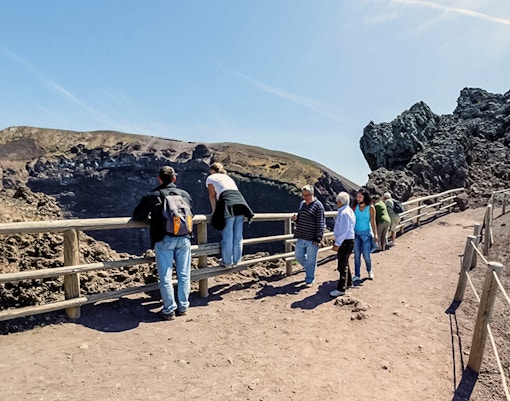
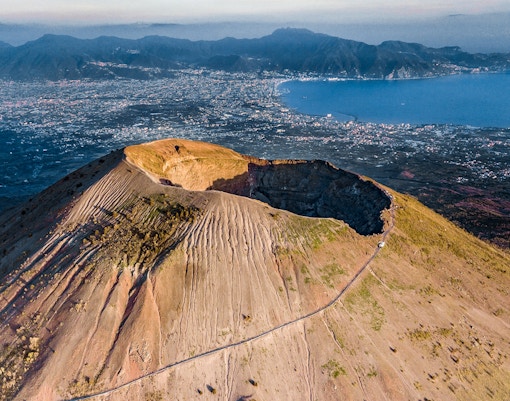
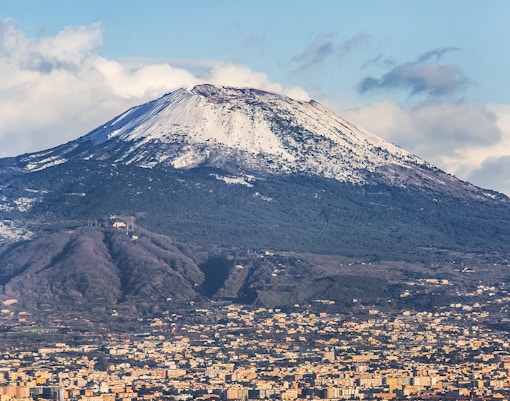
To fully appreciate Mount Vesuvius while avoiding the extremes of weather, the best times to visit are from March until early June and from September until early November. During these periods, the weather is generally mild and pleasant, making it ideal for hiking and exploring the volcano without the intense heat of summer or the potential for snow and cold in winter. Spring brings blooming wildflowers and clearer views, while autumn offers beautiful foliage and a quieter atmosphere.
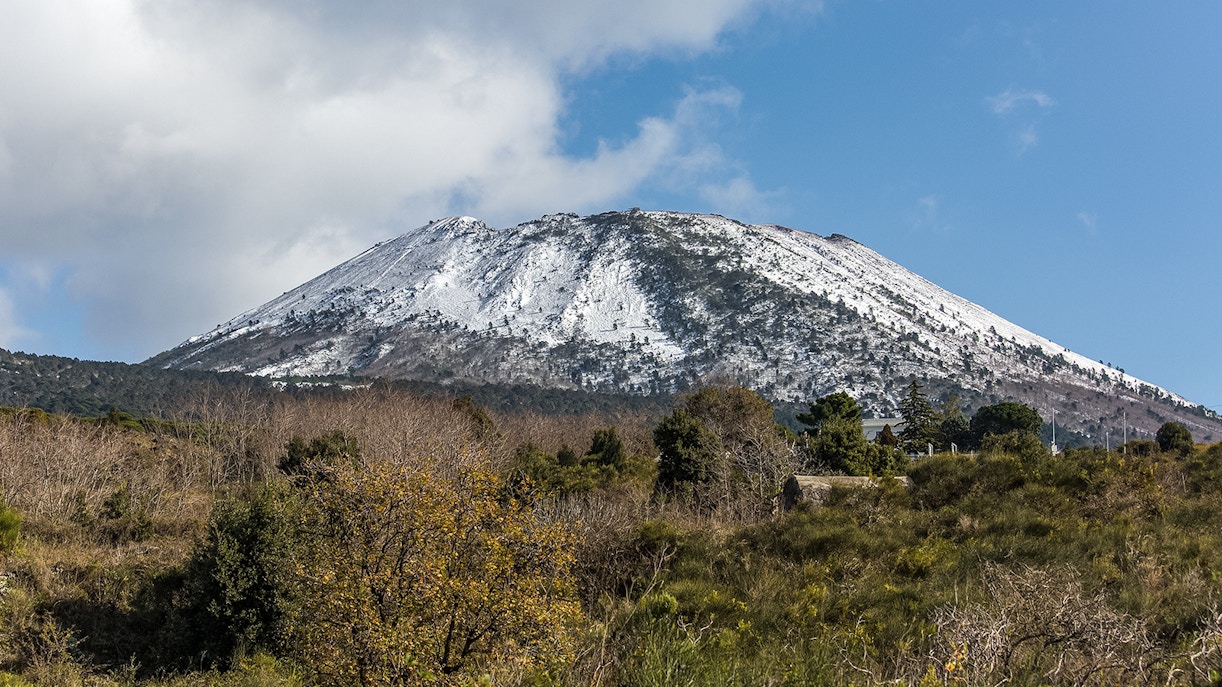
Yes, the temperature at Mount Vesuvius can vary throughout the day, especially due to its elevation. Mornings and evenings tend to be cooler, while midday can be warmer, particularly in the summer months. The temperature can also fluctuate depending on weather conditions such as cloud cover and wind.
Yes, there can be slight temperature variations between Mount Vesuvius and its surrounding areas like Naples and Pompeii. Mount Vesuvius, being higher in elevation, can be slightly cooler, especially at the summit. However, the differences are not extreme.
It's recommended to wear comfortable and sturdy shoes suitable for walking on uneven terrain. Dress in layers, as temperatures can change throughout the day. A lightweight jacket or sweater is advisable, even in summer, due to cooler temperatures at higher elevations. In winter, dress warmly with a waterproof jacket and gloves if visiting after snowfall.
Yes, weather conditions such as fog, rain, or haze can affect visibility at Mount Vesuvius. Fog and low clouds may obscure views of the crater and surrounding landscapes, particularly in the early morning or during inclement weather. Checking weather forecasts before your visit can help plan better.
Weather conditions at Mount Vesuvius can definitely impact hiking experiences. In hot weather, it's important to stay hydrated and avoid hiking during the peak heat of midday. Rainfall can make trails slippery, so appropriate footwear is essential. Winter weather, including snow or ice, may temporarily close hiking trails or restrict access to certain areas of the volcano.
Snowfall at Mount Vesuvius is infrequent but can occur during the winter months, from December to February. The amount of snow varies from light dustings to more significant accumulations, especially at higher elevations. While it does turn the area into a winter wonderland, it may impact accessibility and hiking conditions temporarily.
Mount Vesuvius Entry Tickets
From Naples: Mount Vesuvius Entry Tickets with Round-Trip Transfers
From Pompeii: Mount Vesuvius Entry Tickets with Round-Trip Transfers
Combo: Pompeii and Mount Vesuvius Entry Tickets with Audio Guide